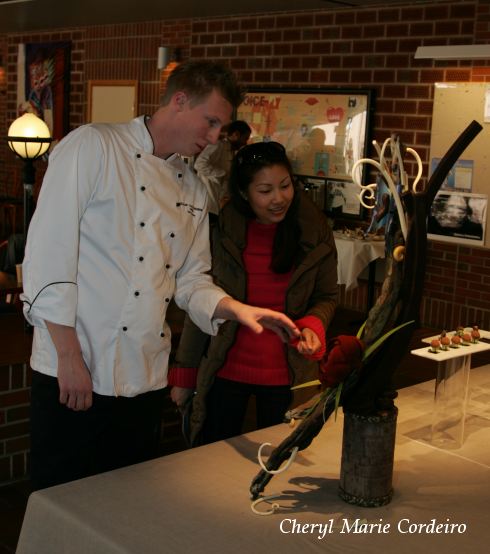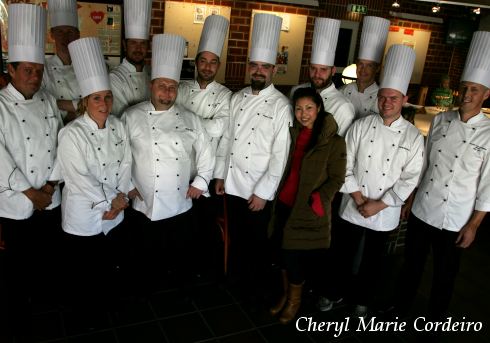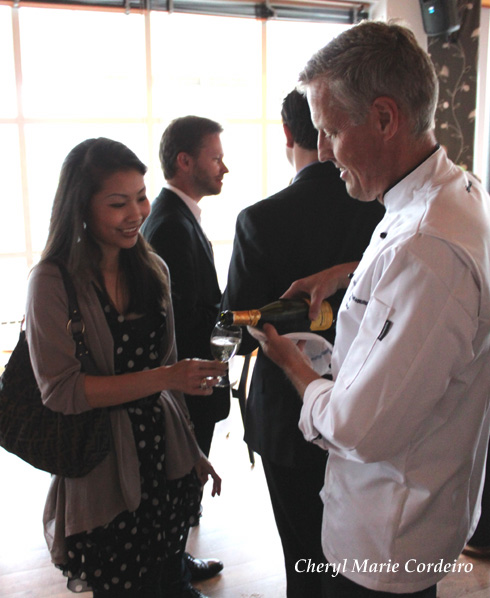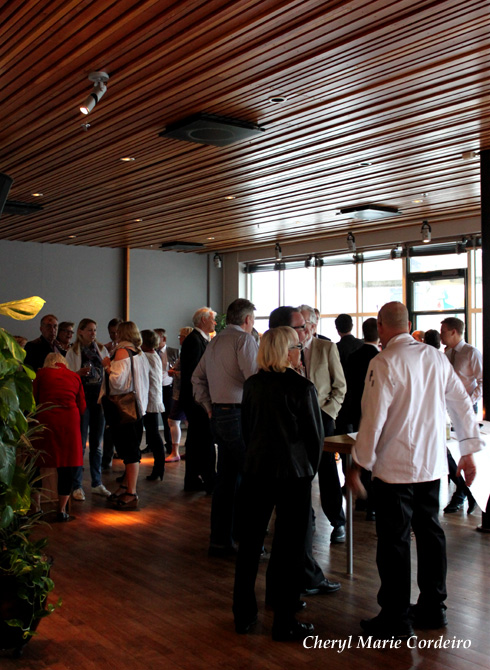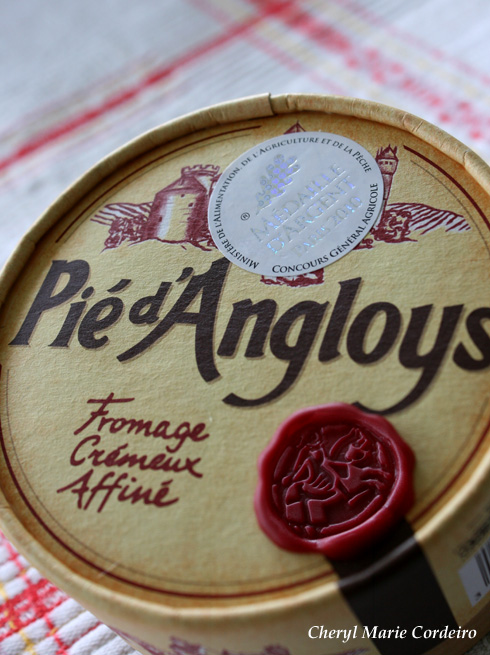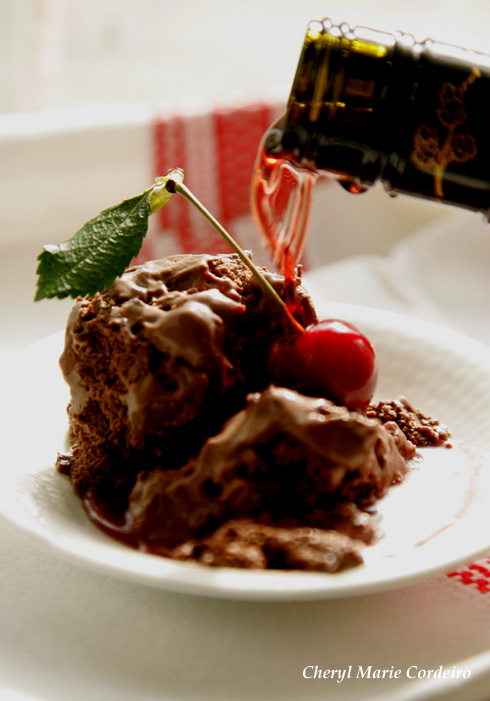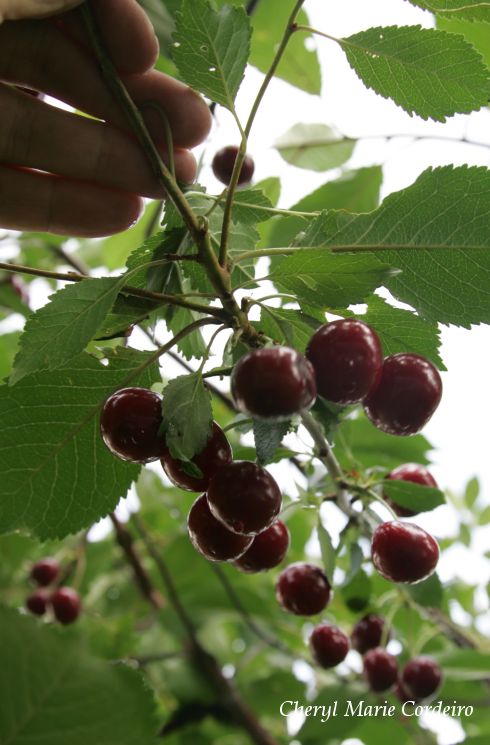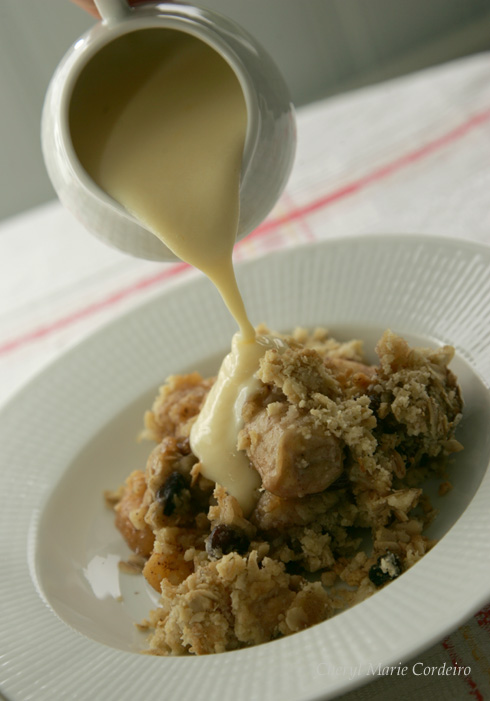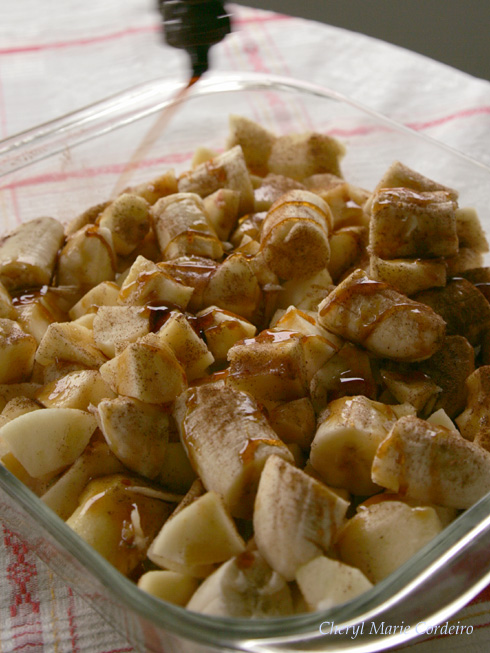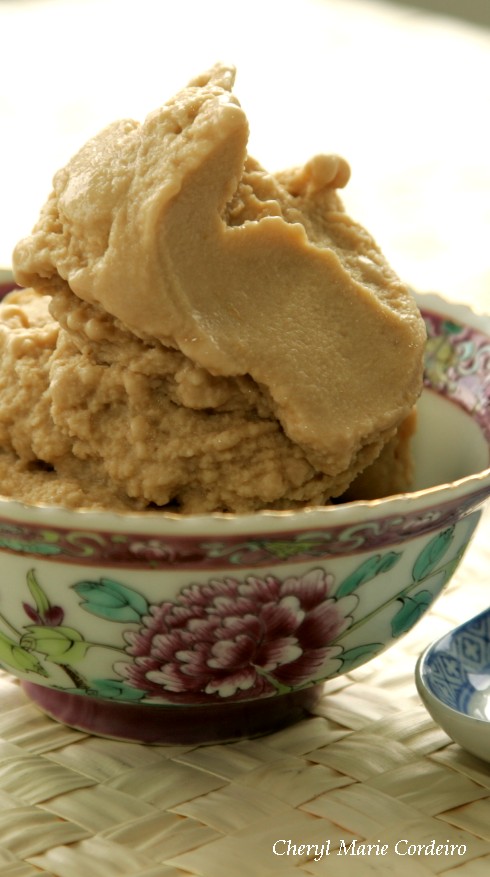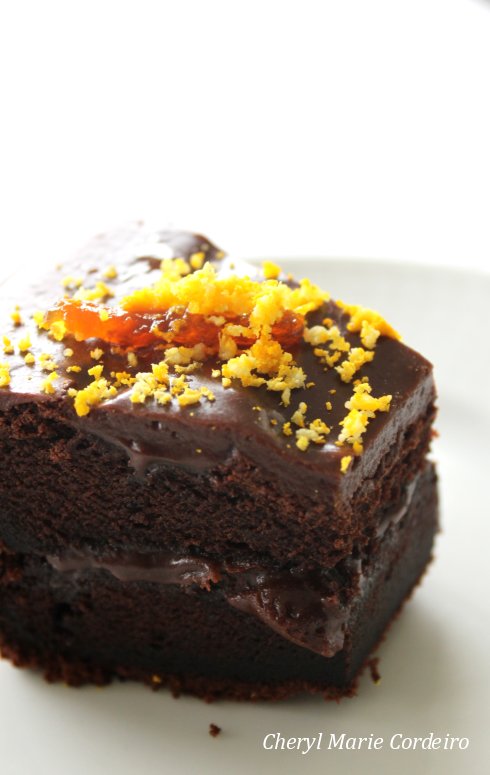
Dark chocolate frosted Mocha cake with Kahlua, served with grated orange zest and orange peel marmalade.
Photo © J E Nilsson and C M Cordeiro-Nilsson for CMC 2010
While I grew up with my family baking the traditional Eurasian Sugee Cake and the dark, rich, brandy soaked Christmas Fruit Cake, it’s chocolate cake and the myriad variations of it that I really took for granted when living in Singapore.
In Singapore, I had the opportunity and convenience to hop from café to café, whether it was Seah Street Deli and Ah Teng’s Bakery at Raffles Hotel or the corner confectionary shop under an HDB void deck, in search of the ‘mood of the moment’ chocolate cake, one that fitted my fancy.
These days, living in Sweden, there’s unfortunately no such convenience of flitting from shop to shop for that perfect chocolate cake, where I find I have to bake one that sometimes related little to the mood of the moment but was just rather decadent to have at home for the next few days.
This weekend, a rather rich Mocha Cake with a dash of Kahlúa in the recipe, frosted over with a dark chocolate butter cream frosting.
